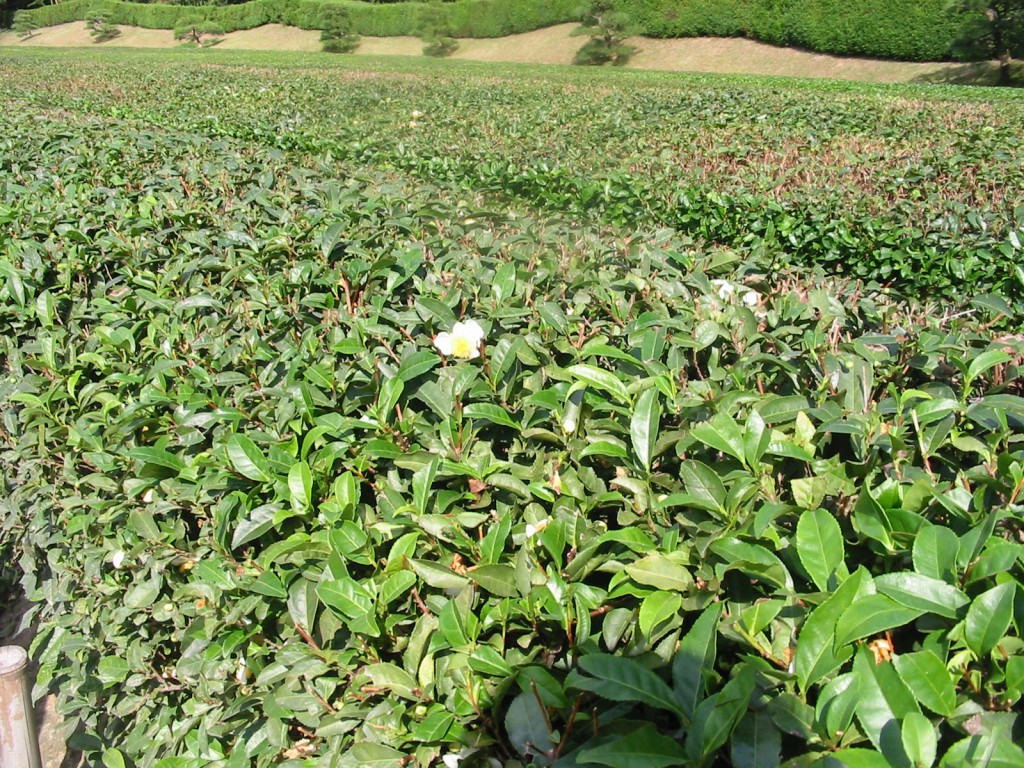Ice Flowers of China
This video was made in The China National Flower park in Luoyang showing the flower that many think is China’s National Flower, the Chinese Tree Peony; but TheGardenLady read that there is really no national flower because China has so many beautiful and beloved flowers, it is difficult to decide which one to choose. (see here)Â Still the Tree Peony is certainly beloved by the Chinese. (And I might add, this GardenLady) The Chinese National Flower Park is renowned for their peonies and every year there is a peony festival in the city of Luoyang that is also very popular among Chinese tourists and among peony enthusiasts the world over. For a website that lists all the peony festivals in China check this out.



